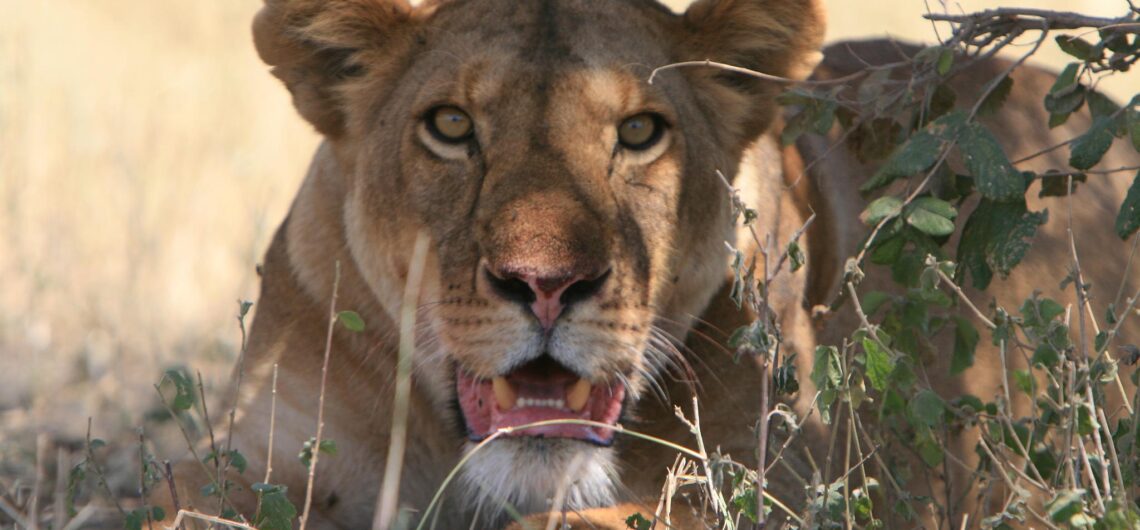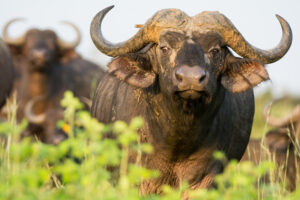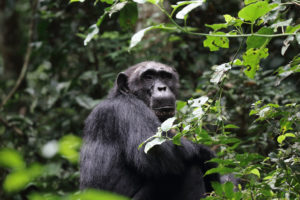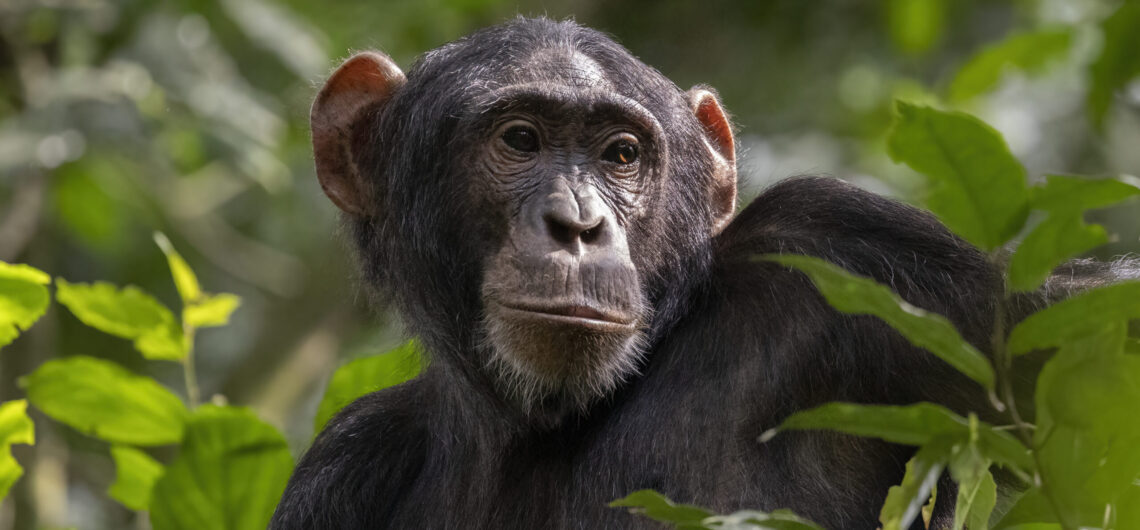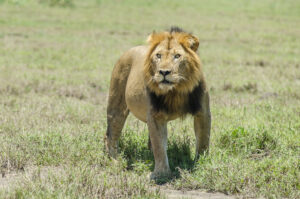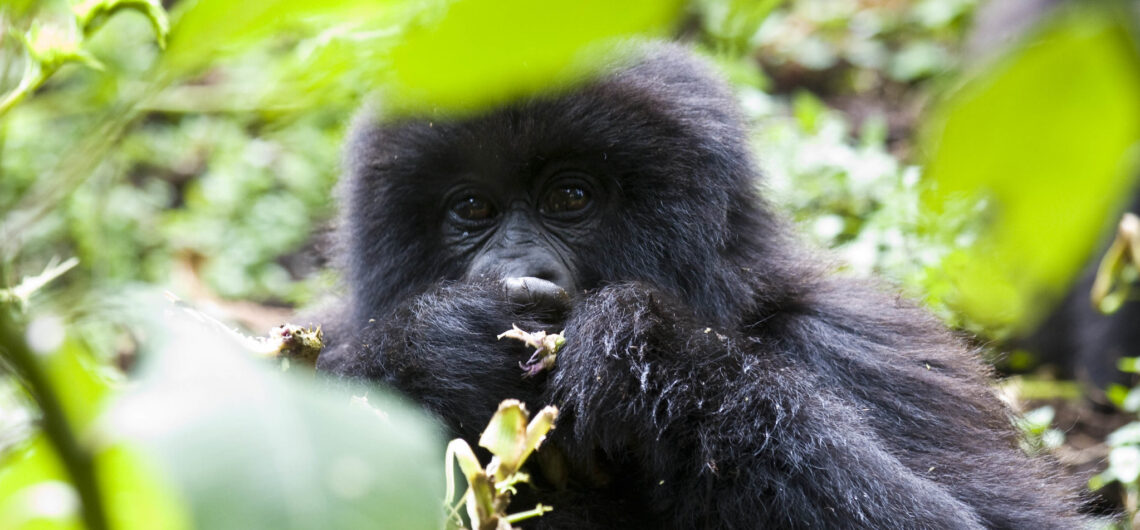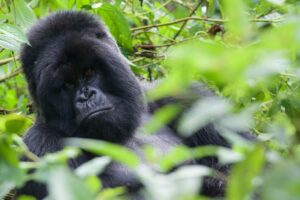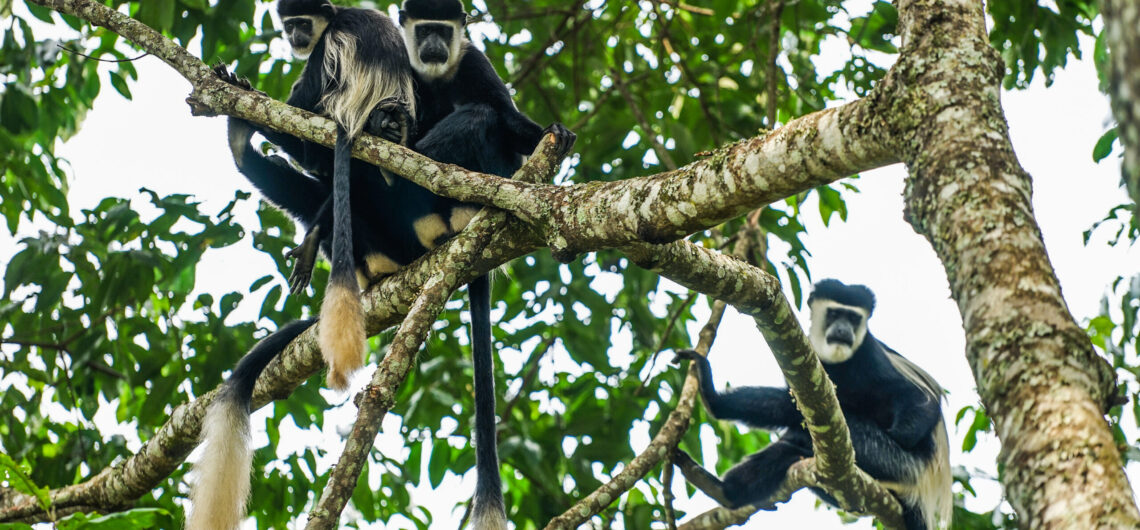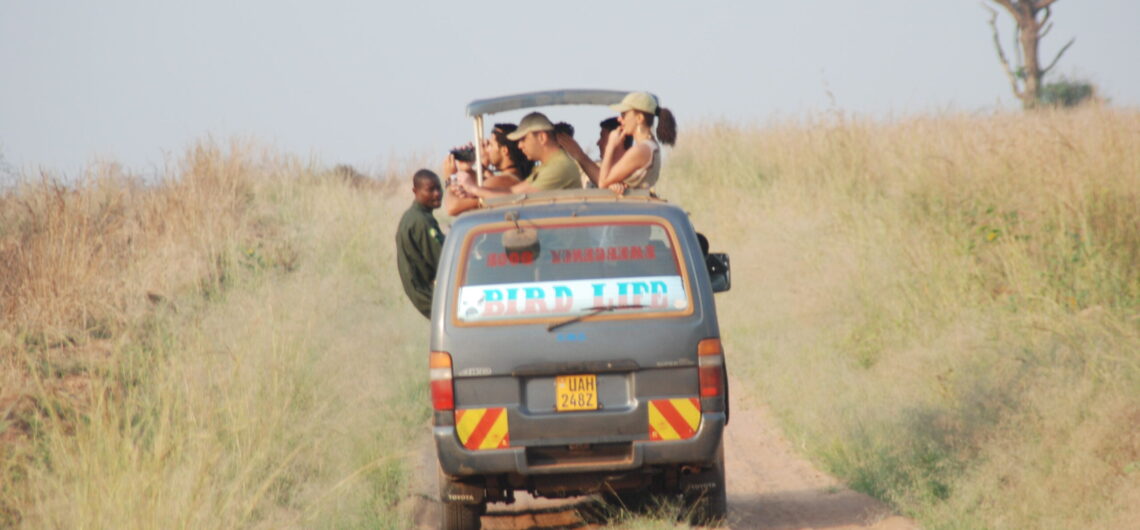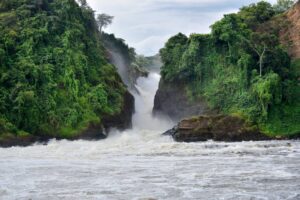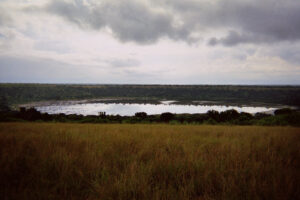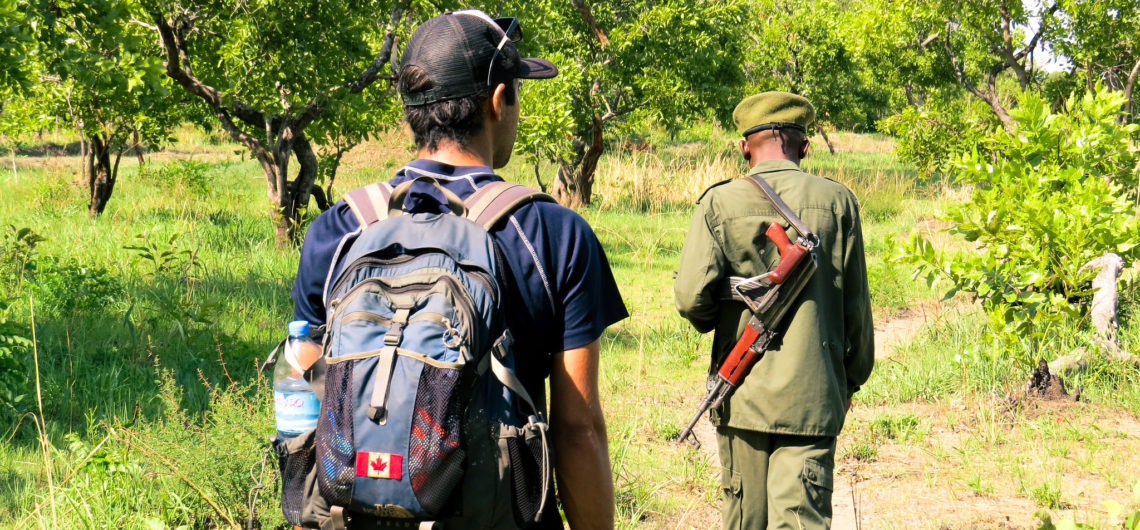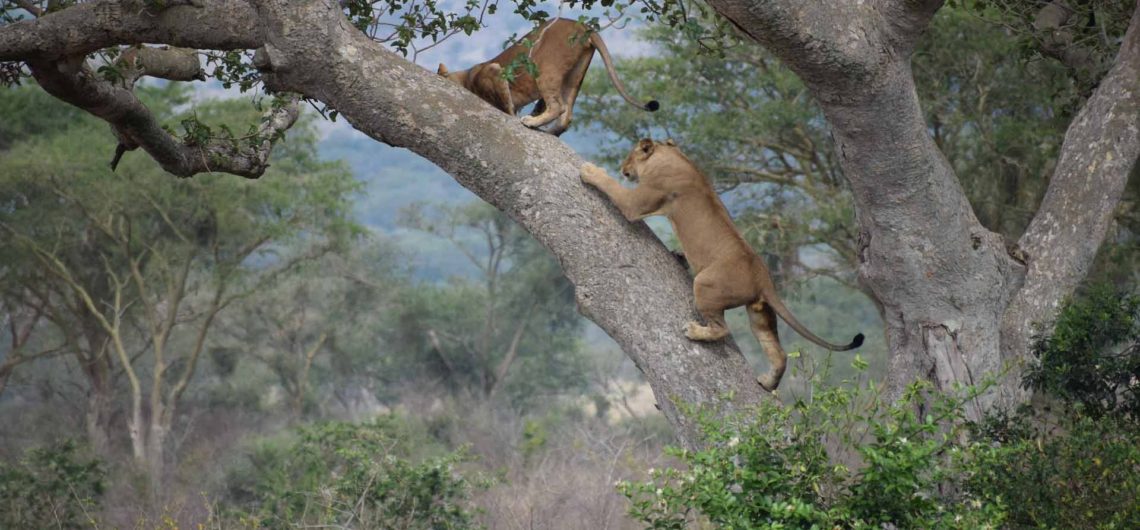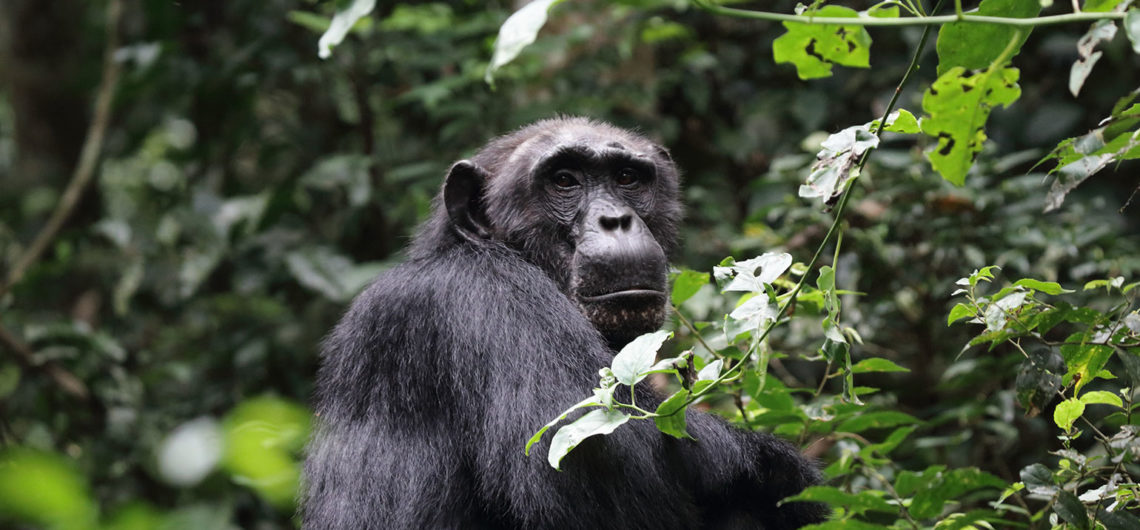Discover the Ndutu Conservation Area, a hidden gem within the Ngorongoro Conservation Area in Tanzania. Explore seasonal migrations, diverse wildlife, and unique landscapes in this safari hotspot.
Introduction to Ndutu Conservation Area
The Ndutu Conservation Area is one of Tanzania’s most stunning and lesser-known wildlife regions, nestled between the Serengeti National Park and Ngorongoro Conservation Area. This breathtaking area is particularly famous for its seasonal wildlife migrations and intimate safari experiences. Unlike other parks, Ndutu offers a rare chance to witness large herds of wildebeest, zebra, and gazelle as they pass through on their migration journey. If you’re planning a safari that combines wildlife, unique landscapes, and remarkable experiences, Ndutu is a destination that deserves a top spot on your list.
Location and Accessibility
The Ndutu Conservation Area is located within the Ngorongoro Conservation Area (NCA) in northern Tanzania, close to the Serengeti’s southern plains. It is easily accessible from Arusha by a roughly six-hour drive or a quick flight to the nearby Ndutu airstrip, which operates daily flights from Arusha and other key locations in Tanzania. The conservation area sits on the border of the Serengeti and is part of the UNESCO-listed Ngorongoro Conservation Area.
Unique Ecosystem and Landscapes
Ndutu boasts a blend of woodlands, marshlands, open grasslands, and seasonal lakes, creating a varied ecosystem that supports a rich diversity of wildlife. The Ndutu and Masek Lakes serve as focal points for many safari excursions, offering stunning backdrops and consistent wildlife sightings. In contrast to the Serengeti’s open plains, Ndutu’s woodlands provide a more intimate safari experience, as trees and shrubs offer ample cover for wildlife to rest and feed.
One unique feature of Ndutu’s landscape is its volcanic soil, which contains high levels of nutrients, making it a prime grazing ground. This nutrient-rich soil is especially valuable during the migration season, as it provides food for lactating wildebeest mothers and newly born calves, creating one of the most spectacular gatherings of wildlife on the African continent.
The Great Migration in Ndutu
Ndutu is one of the best places to witness the Great Wildebeest Migration, especially from December to March. During this period, Ndutu’s lush green plains attract hundreds of thousands of wildebeest, zebras, and gazelles who come here to calve. Calving season brings its own drama as predators like lions, cheetahs, leopards, and hyenas follow the herds, waiting for an opportunity to hunt.
– Best Time to Visit for Migration: From December to March, particularly in January and February, when the calving season peaks.
– Predator Activity: Lions, cheetahs, and hyenas are highly active, making Ndutu a haven for wildlife photographers and nature enthusiasts seeking rare and thrilling moments.
This unique period is a major highlight, attracting nature lovers and photographers from around the world.
Wildlife Diversity in Ndutu
Ndutu’s wildlife diversity is impressive year-round, featuring resident species such as elephants, giraffes, hyenas, and a rich array of birdlife. The area is especially well-known for cheetah sightings due to its open plains, where these fast predators thrive.
Resident Wildlife:
– Big Cats: Lions, leopards, and cheetahs
– Herbivores: Elephants, giraffes, impalas, gazelles, and zebras
– Bird Species: Ndutu hosts over 400 bird species, including ostriches, eagles, vultures, and flamingos.
Seasonal Wildlife: During the migration, wildebeest and zebra herds swell in number, making Ndutu one of the best places for a high-density wildlife safari in Tanzania.
Safari Experiences in Ndutu
Ndutu offers game drives, nature walks, and night safaris that provide visitors with a close encounter with wildlife. Here are some of the unique safari experiences available:
1. Game Drives
Game drives are a primary attraction, with both morning and late afternoon excursions yielding excellent wildlife sightings. Experienced guides help visitors understand animal behavior and the area’s ecology, ensuring an enriching experience.
2. Guided Nature Walks
Ndutu allows visitors to participate in guided nature walks for a ground-level perspective of the conservation area. These walks, led by experienced rangers, allow guests to explore flora and fauna up close and provide insights into the local ecosystem.
3. Night Safaris
While most Tanzanian parks do not allow night game drives, Ndutu is an exception. Night drives offer a rare opportunity to see nocturnal wildlife such as leopards, hyenas, and the elusive aardvark. Watching lions and other predators in their nighttime hunting rituals is a thrilling experience that adds depth to any safari adventure.
Provisional Midrange Lodging Options in Ndutu
The Ndutu Conservation Area offers a range of midrange safari accommodations that combine comfort with proximity to wildlife hotspots. Here are some recommended options:
– Ndutu Safari Lodge – A classic lodge near Lake Ndutu with rustic cottages, friendly staff, and excellent access to wildlife sightings.
– Lake Masek Tented Camp – Located near Lake Masek, this camp offers spacious tents with stunning views of the lake and surrounding landscapes.
– Ang’ata Migration Camp Ndutu – A mobile camp set up during the migration season, providing guests with an immersive and close-up experience of the migration.
These lodges allow travelers to experience the magic of Ndutu without sacrificing comfort, making them perfect for a midrange safari experience.
Ndutu Conservation Area vs. Serengeti National Park
Although the Serengeti National Park is more famous, Ndutu offers a unique safari experience due to its fewer visitors and the chance to witness migration events up close. Unlike the Serengeti, Ndutu allows off-road driving (within permitted areas), which provides closer access to animals and maximizes wildlife photography opportunities. For safari enthusiasts and photographers looking for a more intimate, flexible experience, Ndutu is an exceptional choice.
Responsible Tourism in Ndutu
As part of the Ngorongoro Conservation Area, Ndutu upholds strict conservation policies to protect its ecosystem. Visitors are encouraged to follow leave-no-trace principles, respect wildlife, and support local communities. Choosing eco-conscious lodges and guided tours ensures that tourism positively impacts both the environment and the people of Tanzania.
Final Thoughts: Why Visit Ndutu Conservation Area?
The Ndutu Conservation Area is a treasure within Tanzania’s safari circuit, combining seasonal migration with resident wildlife and flexible safari options. For anyone looking to experience Africa’s wild beauty, dramatic predator-prey encounters, and Tanzania’s unique landscapes, Ndutu is an ideal destination.
Whether you’re a seasoned wildlife photographer or a first-time safari traveler, Ndutu Conservation Area offers an unforgettable, immersive experience that rivals some of Africa’s most renowned parks.

